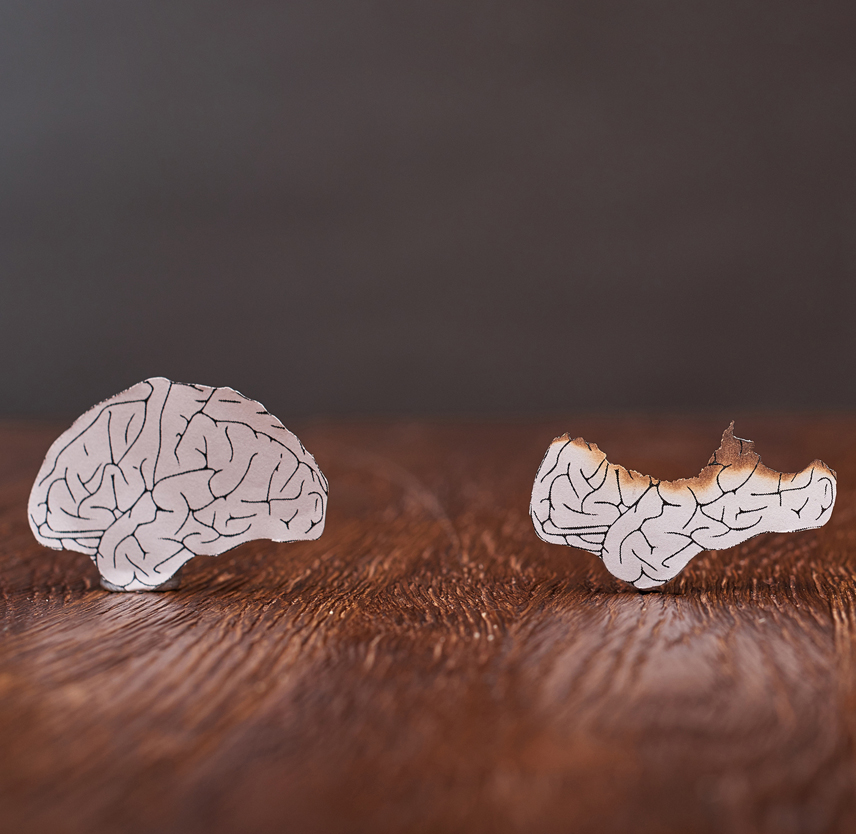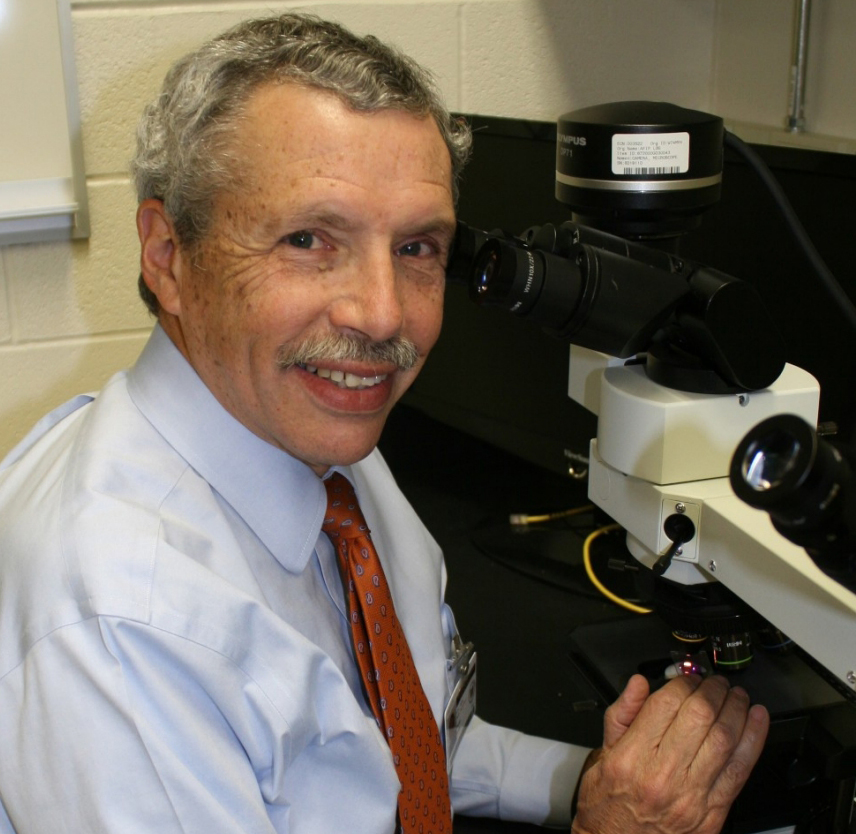
How common Is CTE?
The prevalence of CTE in the general population is a major unanswered question. And it relates to another unanswered question and that is the dose of head trauma required to trigger CTE. We don’t know the answer to those critical questions. Most of the studies have been on professional athletes, although there are a few cases that have been reported in high school athletes and college athletes. So we can’t ignore it. But we don’t know what the prevalence is.
The group at BU has specialized in this and have set up a brain repository, similar to what we have in the military, but they have reached out to primarily professional football players, professional athletes and, if you will, in particular those who are symptomatic. And, of course, those who are significantly symptomatic are more interested in donating the brain to get answers. They’re the individuals who are most likely to die and so you have a very selected biased group that they’re looking at.
Now, that being said, the idea that 99 out of 100 of the cases of NFL players have shown this disease which up until very recently was considered exceedingly rare is remarkable. And it’s got to tell us something. It doesn’t give you the answer, but it tells you something that a career that ends up with playing in the NFL can produce this in that number of cases is concerning.
Plus the other aspect of this is in all likelihood we have different susceptibilities to develop this problem, that I may be more susceptible to develop it than you are. So one individual might play for a whole career and not develop the problem whereas another individual might have a short career and develop the problem. So you have to look at it that way. And we really don’t have the answer, in this area we don’t have the answers.
Related Resources
About the author: Daniel P. Perl, MD
Dr. Perl is a Professor of Pathology at USUHS and Director of the CNRM's Brain Tissue Repository, where he has established a state-of-the-art neuropathology laboratory dedicated to research on the acute and long-term effects of traumatic brain injury among military personnel.

